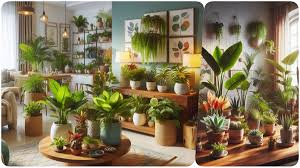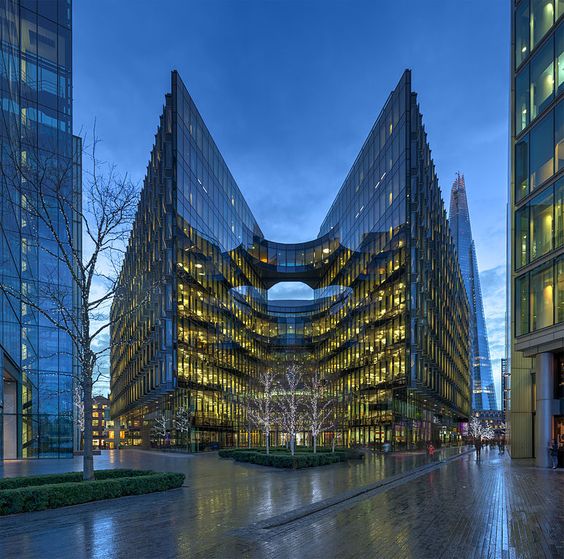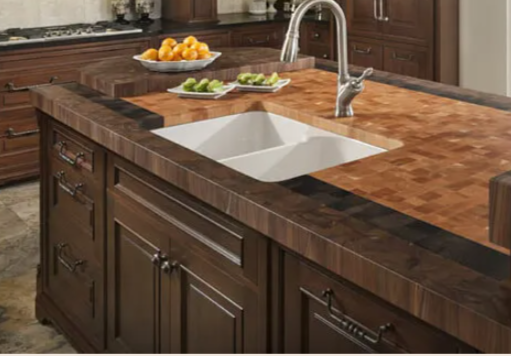Butcher block countertops are a classic, versatile, and functional option for any kitchen. Their natural beauty, durability, and warmth make them a top choice for homeowners looking to enhance the aesthetic of their kitchens while providing a practical workspace. Whether you’re considering installing a butcher block countertop as part of a complete kitchen remodel or as a standalone feature, understanding its benefits, installation, maintenance, and design options can help you make an informed decision.
What is a Butcher Block Countertop?
Butcher block countertops are made from strips or squares of wood that are joined together to create a smooth, solid surface. The wood is typically made of hardwoods like maple, oak, or walnut, which are known for their strength and resistance to wear and tear. The result is a beautiful and sturdy surface that provides both functionality and visual appeal.
Historically, butcher block countertops were designed for professional butchers to chop and prepare meat, but over the years, they have become a staple in home kitchens due to their warm, natural appearance and versatility.
Why Choose Butcher Block Countertops?
-
Aesthetic Appeal
- Butcher block countertops offer a natural, warm, and rustic aesthetic that can complement a variety of kitchen styles, from farmhouse to modern or traditional. The wood’s rich grain patterns and color variations can add depth and character to any space. Whether you opt for a light wood, like maple, or a darker option, like walnut, butcher block countertops can enhance the beauty of your kitchen.
-
Durability and Strength
- Butcher block countertops are highly durable, especially when made from hardwoods like maple, oak, or cherry. The wood is able to withstand heavy use, including cutting, chopping, and general kitchen tasks. Over time, it develops a unique patina that adds to its charm. Additionally, when properly maintained, butcher block countertops can last for many years.
-
Sustainability
- Wood is a renewable resource, and many butcher block countertops are made from sustainably sourced lumber. By choosing a butcher block countertop made from certified wood, you are opting for an eco-friendly option. The long lifespan of butcher block countertops also contributes to their sustainability, as they do not need to be replaced frequently.
-
Versatility
- Butcher block countertops can be used in a variety of settings beyond the kitchen. They are commonly used as islands, breakfast bars, or even as work surfaces in home offices or craft rooms. Their ability to complement a range of design styles and be used in various applications makes them an incredibly versatile option for homeowners.
-
Affordability
- Compared to other high-end materials like granite, marble, or quartz, butcher block countertops are often more affordable. The cost of a butcher block countertop can vary depending on the type of wood, the quality of craftsmanship, and the size of the surface, but it is generally a more budget-friendly option when compared to other luxury countertop materials.
Types of Butcher Block Countertops
-
Edge Grain Butcher Block
- Edge grain butcher block countertops are made by arranging long strips of wood with the grain running vertically. This type of butcher block is typically less expensive than other options and provides a clean, smooth surface for cutting and food preparation. It’s the most common style used in residential kitchens.
-
End Grain Butcher Block
- End grain butcher block countertops are made by placing the wood blocks so that the ends of the grain are exposed. This type of butcher block is often used in commercial kitchens due to its durability and resistance to knife marks. End grain butcher block surfaces are also more resilient and provide a “self-healing” property, where knife marks gradually close over time, giving the countertop a more uniform appearance.
-
Mixed Grain Butcher Block
- Mixed grain butcher block countertops combine edge grain and end grain wood, offering a unique visual appeal. These countertops may feature different types of wood or a mix of grains, creating a more varied and custom look.
-
Reclaimed Wood Butcher Block
- Reclaimed wood butcher block countertops are made from salvaged wood, giving them a rustic and eco-friendly appeal. This option is perfect for homeowners looking to add character and history to their kitchen while also making a sustainable choice.
Installing Butcher Block Countertops
Installing butcher block countertops is a relatively straightforward process, but it does require some technical knowledge and preparation. Here’s an overview of what’s involved in the installation:
-
Measuring and Planning
- Begin by measuring the dimensions of your countertop space to ensure you order the correct size of butcher block. Keep in mind that butcher block countertops typically come in standard widths and lengths, so you may need to trim or cut the pieces to fit your kitchen layout.
-
Cutting and Fitting
- Once you have your butcher block pieces, you’ll need to trim them to fit your countertop area. A circular saw or jigsaw can be used to make precise cuts. After trimming, the pieces are joined together using wood glue, screws, or dowels.
-
Sealing the Countertop
- Butcher block countertops need to be sealed to protect the wood from moisture and stains. The sealing process involves applying a protective finish, such as mineral oil, beeswax, or polyurethane, to create a durable and moisture-resistant surface. Regular reapplication of oil or wax helps maintain the beauty and functionality of the surface over time.
-
Edge Finishing
- The edges of the butcher block countertop can be finished with a straight or beveled edge, depending on your preferences. This step helps create a smooth, polished look for the countertop.
-
Installation of Supports and Hardware
- After the butcher block has been sealed and finished, it is time to install it in place. This may involve securing the countertop to cabinets, adding supports under the countertop, or attaching the countertop to a kitchen island.
Maintaining Butcher Block Countertops
Butcher block countertops require regular maintenance to keep them looking their best. Fortunately, they are relatively easy to care for, and with a little attention, they can last for many years.
-
Cleaning
- Clean butcher block countertops with warm water and mild dish soap. Avoid using harsh chemicals or abrasive cleaning pads, as these can damage the wood’s surface. After cleaning, wipe the countertop dry with a soft towel.
-
Oiling and Sealing
- To maintain the wood’s appearance and protect it from moisture, it is essential to oil the butcher block regularly. Food-safe mineral oil, beeswax, or a specialized butcher block oil can be applied to keep the wood hydrated and prevent cracking or drying out. Reapply the oil every few months or as needed.
-
Dealing with Stains and Scratches
- While butcher block countertops are durable, they are prone to scratches and stains over time. For light stains, you can use a mixture of baking soda and water to gently scrub the affected area. If you notice deep scratches, sanding the surface can help restore the smoothness of the countertop.
-
Preventing Damage
- To prevent damage to your butcher block, use cutting boards when preparing food, especially when using sharp knives or hot pans. Additionally, wiping up spills quickly and avoiding excessive moisture will help preserve the integrity of the wood.
Butcher Block Countertop Design Ideas
Butcher block countertops are incredibly versatile and can work in a wide range of kitchen styles. Here are some ideas to inspire your design:
-
Mix and Match Materials
- Combine butcher block with other countertop materials like granite, marble, or stainless steel. This blend creates visual interest and ensures that your countertop is both functional and beautiful.
-
Use as an Island or Breakfast Bar
- Butcher block countertops make an excellent choice for kitchen islands or breakfast bars. Their warmth and texture make them perfect for gathering areas, where families and guests can sit and enjoy a meal or conversation.
-
Add a Pop of Color
- While butcher block countertops typically feature natural wood tones, you can experiment with stains to add a pop of color. Choose a darker stain for a more dramatic effect, or lighten the wood for a fresh and airy look.
-
Create a Farmhouse Feel
- If you love rustic style, butcher block countertops are the perfect material to create a farmhouse-style kitchen. Combine the wood with open shelving, vintage accessories, and simple cabinetry for a cozy and inviting space.
Conclusion
Butcher block countertops are an excellent choice for homeowners seeking a functional, stylish, and sustainable option for their kitchen. With their natural beauty, durability, and versatility, they can suit any style, from rustic to modern, while providing a long-lasting surface for food preparation and other tasks. By understanding the various types of butcher block countertops, how to install and maintain them, and how to incorporate them into your kitchen design, you can create a space that is not only beautiful but also practical for daily use.
Related Posts

A Complete Guide to Buy Plants Online in Pakistan
Are you interested in bringing a bit of nature into…

Enhance Your Home With Asheville Glass Company Expertise
McDowell Glass stands as a trusted name in the world…

Custom Dank Vape Packaging & Disposable Vape Discreet Packaging
In the ever-evolving world of vaping, where the market is…

